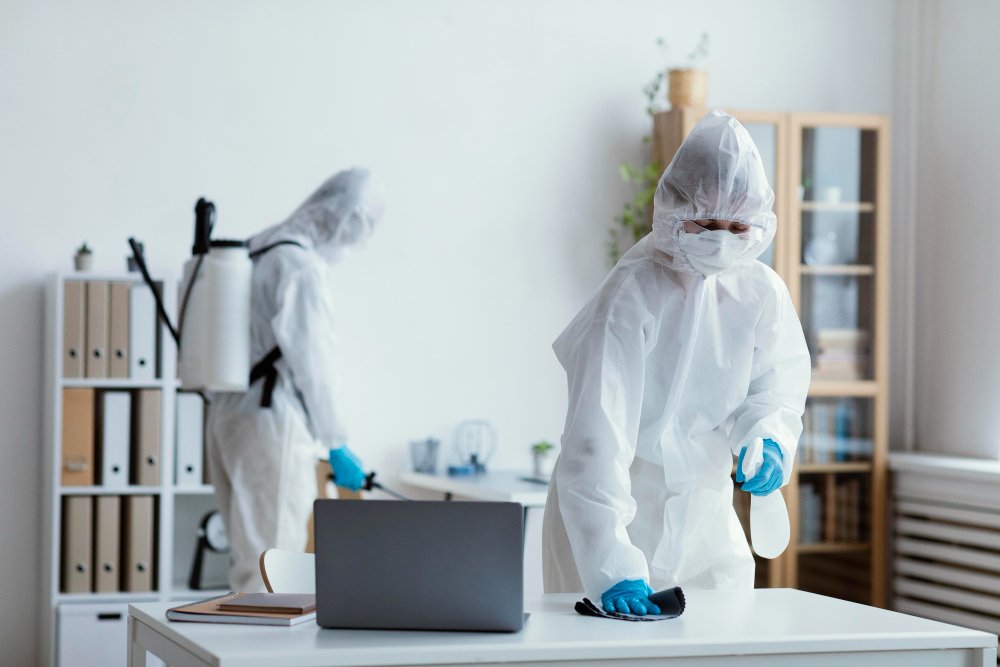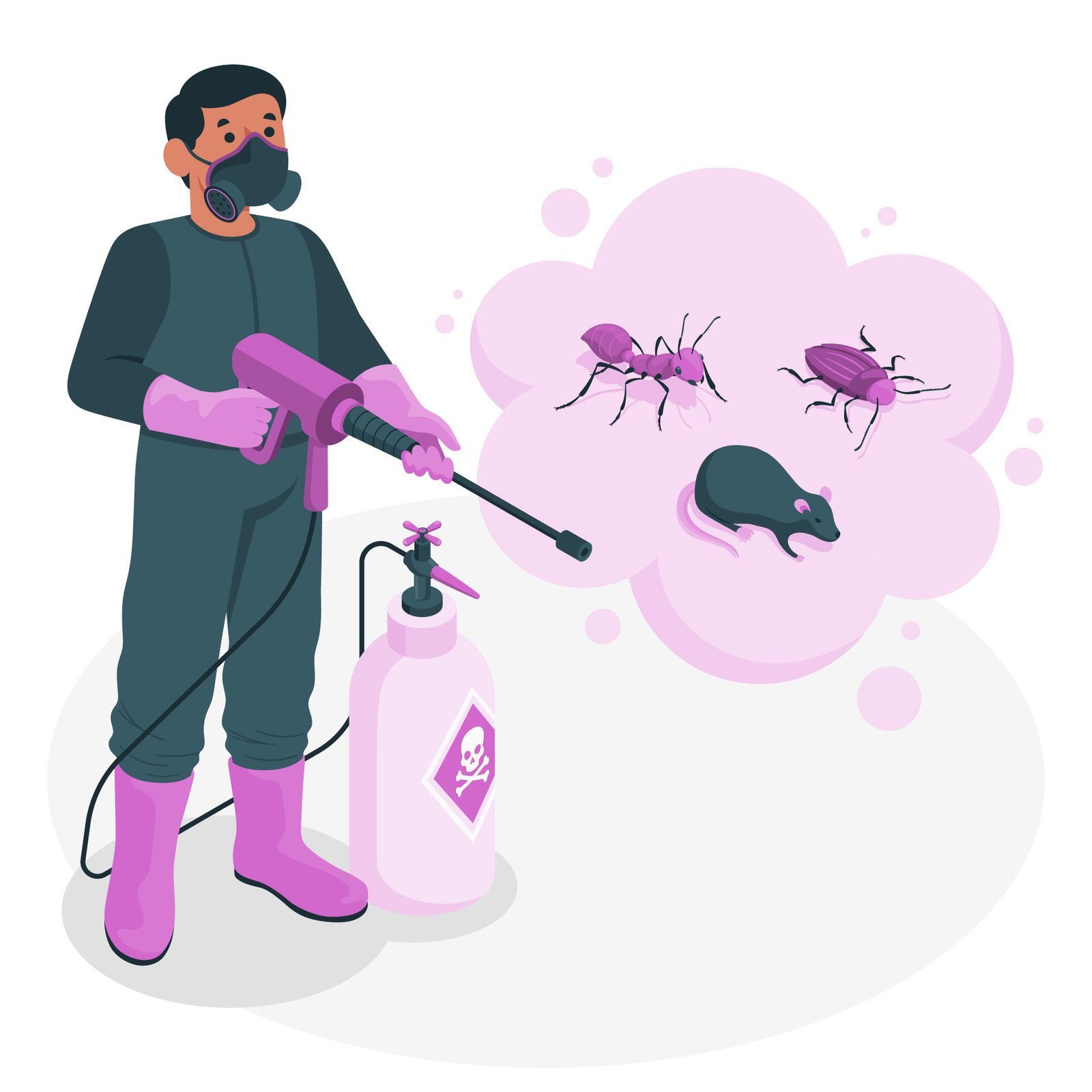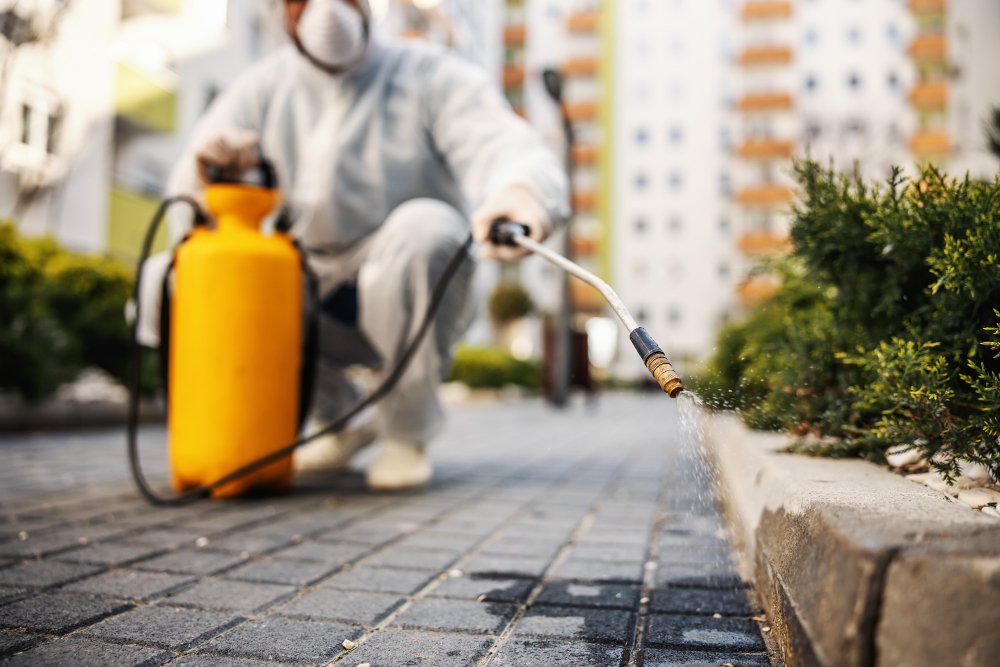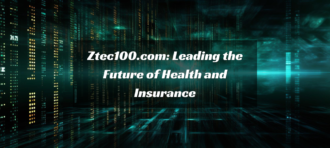The Importance of Pest Control in 2024 for Health and Safety
In 2024, pest control remains a critical aspect of maintaining public health and safety. The presence of pests can lead to a myriad of health issues and safety concerns, necessitating effective and proactive pest management strategies. This article delves into the significance of pest control in 2024, exploring its impact on health, safety, and overall quality of life. Before you call a hollywood pest control company, let’s understand the importance of pest control.
Health Risks Associated with Pests
Pests, ranging from insects like mosquitoes and cockroaches to rodents like rats and mice, pose significant health risks. They are carriers of various diseases and can contaminate food and living environments, leading to severe health problems.
Vector-Borne Diseases
One of the primary concerns is vector-borne diseases. Mosquitoes, for instance, are notorious for transmitting diseases such as malaria, dengue fever, Zika virus, and West Nile virus. In 2024, with the increasing effects of climate change, the habitats for these vectors are expanding, leading to a higher risk of disease outbreaks in regions previously unaffected.
Allergies and Asthma
Cockroaches and dust mites are common indoor pests that can exacerbate allergies and asthma. Cockroach droppings, saliva, and shed skins contain allergenic proteins that can trigger severe allergic reactions and asthma attacks, particularly in children.
Food Contamination
Rodents and insects can contaminate food supplies, leading to foodborne illnesses. Rats and mice can spread pathogens like Salmonella and E. coli through their droppings and urine. In food production and storage facilities, maintaining stringent pest control measures is vital to prevent outbreaks of foodborne diseases.
Safety Concerns
Beyond health risks, pests also pose significant safety concerns. Structural damage caused by pests can compromise the integrity of buildings and other infrastructure, leading to potentially hazardous situations.
Structural Damage
Termites are among the most destructive pests when it comes to structural damage. They feed on wood, compromising the structural integrity of buildings. In 2024, the economic cost of termite damage continues to rise, making termite control an essential aspect of property maintenance.
Electrical Hazards
Rodents like rats and mice often gnaw on electrical wires, leading to short circuits and potential fire hazards. This behaviour can cause significant damage to electrical systems, posing a risk to both residential and commercial properties. Regular inspections and pest control measures are crucial to prevent such incidents.
Importance of Integrated Pest Management (IPM)
In 2024, Integrated Pest Management (IPM) has gained prominence as an effective and sustainable approach to pest control. IPM combines various strategies to manage pests in an environmentally friendly manner, reducing reliance on chemical pesticides.
Prevention and Monitoring
A key component of IPM is prevention. By implementing measures such as sealing entry points, maintaining cleanliness, and proper waste management, the likelihood of pest infestations can be significantly reduced. Regular monitoring and inspections help in early detection, allowing for prompt intervention before the problem escalates.
Biological Control
Biological control involves the use of natural predators or parasites to manage pest populations. For example, introducing beneficial insects like ladybugs to control aphids or using nematodes to target soil-dwelling pests can be effective in maintaining pest populations at manageable levels without resorting to chemical treatments.
Chemical Control
While IPM emphasizes non-chemical methods, there are instances where chemical control is necessary. In such cases, the use of targeted, low-toxicity pesticides is preferred. This minimizes the impact on non-target species and reduces the risk of environmental contamination.
Technological Advancements in Pest Control
The year 2024 has seen significant advancements in pest control technologies, enhancing the effectiveness and efficiency of pest management practices.
Smart Pest Control Devices
The integration of smart technologies in pest control has revolutionized the industry. Smart traps and monitoring systems equipped with sensors and connectivity features allow for real-time tracking of pest activity. These devices can send alerts to pest control professionals, enabling timely interventions and reducing the need for routine inspections.
Genetic Engineering
Genetic engineering has opened new avenues for pest control. For instance, genetically modified mosquitoes that are sterile or carry genes that reduce their ability to transmit diseases are being developed and released in certain areas. This approach aims to reduce mosquito populations and the incidence of vector-borne diseases without relying on chemical insecticides.
The Role of Public Awareness and Education
Public awareness and education play a crucial role in effective pest control. Informed individuals are more likely to adopt preventive measures and report pest problems promptly.
Community Involvement
Community involvement is essential in managing pest populations, especially in urban areas. Collaborative efforts such asneighbourhoodd clean-up drives, educational campaigns, and community-based monitoring programs can significantly reduce pest habitats and improve overall public health.
Personal Responsibility
Individuals can contribute to pest control by maintaining cleanliness, properly storing food, and promptly addressing any signs of pest activity in their homes. Understanding the importance of these practices and their impact on health and safety can lead to more proactivebehaviourr in pest management.
Environmental Considerations
Sustainable pest control practices are vital in minimizing environmental impact. Over-reliance on chemical pesticides can lead to issues such as pesticide resistance,ecologicall contamination, and harm to non-target species.
Eco-Friendly Pest Control Solutions
In 2024, there is a growing emphasis on eco-friendly pest control solutions. These include the use of natural repellents, botanical insecticides, and biological control methods. These alternatives offer effective pest management while preserving ecological balance.
Habitat Modification
Modifying habitats to make them less conducive to pests is a sustainable approach. This can involve landscaping practices that deter pests, proper waste management to eliminate food sources, and ensuring that water sources are not accessible to pests like mosquitoes.
Regulatory and Policy Aspects
Government regulations and policies play a crucial role in ensuring effective pest control and protecting public health. In 2024, stringent regulations govern the use of pesticides, requiring thorough testing and approval processes to ensure their safety and efficacy.
Pesticide Regulations
Regulatory bodies continue to evaluate and update pesticide regulations to address emerging health and environmental concerns. The emphasis is on promoting the use of safer, more sustainable pest control methods and ensuring that chemical pesticides are used judiciously.
Public Health Policies
Public health policies aimed at controlling vector-borne diseases and other pest-related health issues are essential. These policies often include measures such as vaccination programs, public education campaigns, and funding for research and development of new pest control technologies.
Conclusion
In 2024, pest control remains a vital component of public health and safety. The health risks and safety concerns associated with pests underscore the need for effective pest management strategies. Integrated Pest Management (IPM), technological advancements, public awareness, and sustainable practices are key to addressing pest-related challenges. By prioritizing these approaches, we can mitigate the impact of pests on health and safety, ensuring a healthier and safer living environment for all.



















